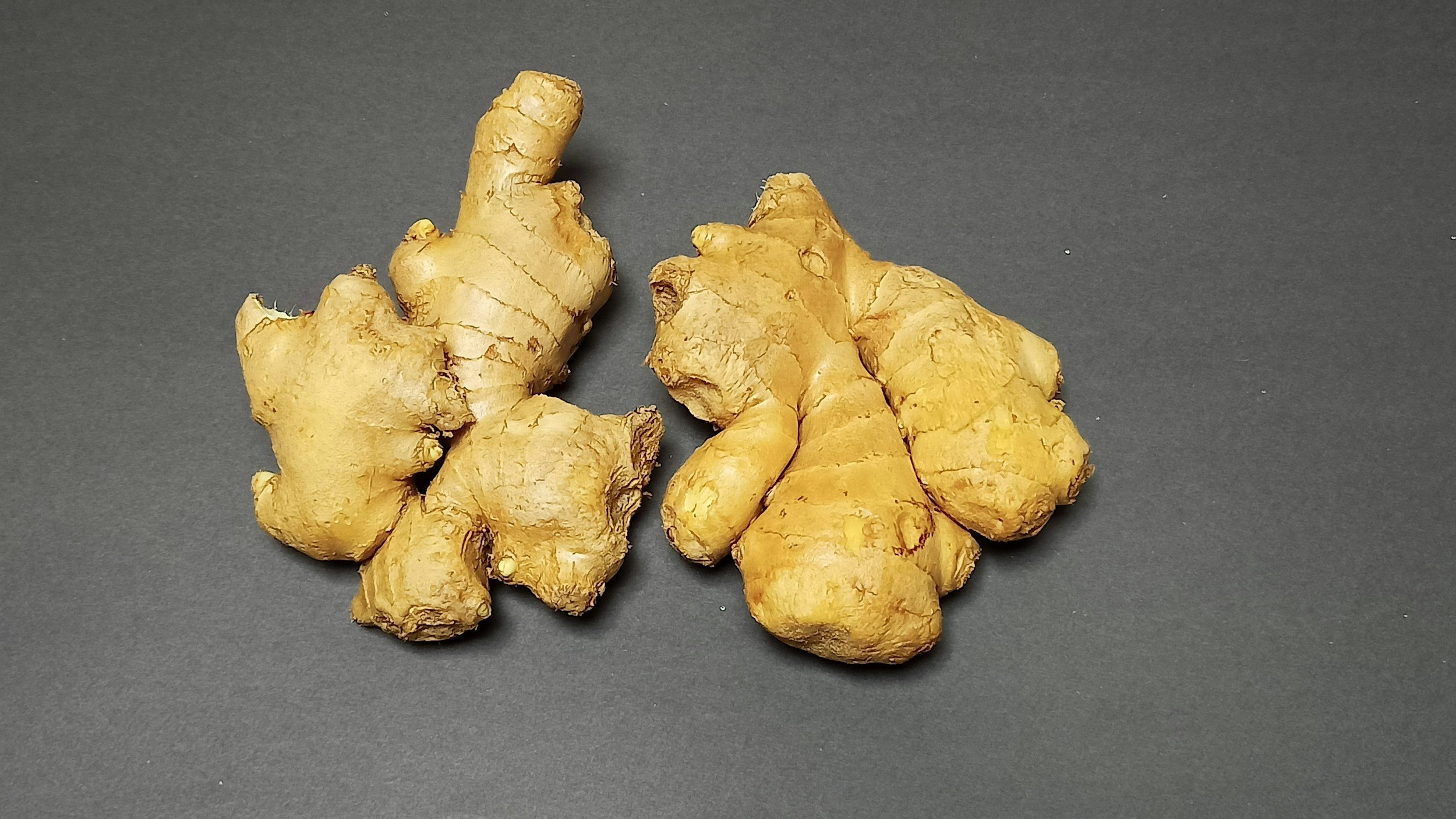Sustainable Practices, Non-Invasive Treatments, and Natural Remedies in Chiropractic Care
/Chiropractic care has become an increasingly popular choice for those seeking sustainable and non-invasive solutions to musculoskeletal problems. More than 35 million Americans visit chiropractors annually, with one million chiropractic adjustments performed daily.
This holistic approach emphasizes the body's natural healing abilities, offering effective pain relief without the need for surgery or medication. Studies have shown that chiropractic care can significantly reduce healthcare costs, with patients saving 20-40% compared to traditional medical care for conditions like lower back pain. Chiropractic adjustments are generally safe, with a much lower injury rate compared to primary care treatments.
In this article, we will explore several key chiropractic techniques that embody these sustainable and non-invasive principles.
Sustainable and Non-Invasive Chiropractic Techniques
Chiropractic care has embraced a variety of sustainable and non-invasive techniques that prioritize patient well-being without relying on surgery or medication. These methods offer effective solutions for pain management, improved mobility, and overall health. We’ll go over four key chiropractic techniques that align with these principles.
Sacro Occipital Technique (SOT)
The Sacro Occipital Technique (SOT) is an approach that focuses on the relationship between the sacrum (the base of the spine) and the occiput (the base of the skull). This technique aims to balance the body by addressing issues in the cranial bones, spine, and pelvis. It comprises several aspects, including
Gentle Adjustments: SOT involves the use of pelvic blocks placed under the patient's pelvis to gently adjust the alignment through gravity. This method reduces the need for high-force manual adjustments.
Cranial Work: Specific adjustments to the skull can improve cerebrospinal fluid flow, which is paramount for overall nervous system health.
Category Analysis: Patients are categorized based on their symptoms and structural imbalances, allowing for customized treatment plans that address individual needs effectively.
Gonstead Technique
The Gonstead Technique is another non-invasive chiropractic method that emphasizes precise adjustments based on thorough evaluations. This technique involves detailed analysis using X-rays and physical assessments to identify specific spinal misalignments. It involves the following components:
X-Ray Analysis: Detailed X-rays help in pinpointing the exact areas of misalignment or dysfunction, ensuring targeted and effective adjustments.
Manual Adjustments: Chiropractors use their hands to apply specific adjustments, restoring proper spinal alignment and improving overall function.
Well Rounded Care: This technique is beneficial for conditions such as disc herniation, sciatica, and chronic back pain, offering relief without invasive procedures.
Activator Method
The Activator Method is a gentle and precise technique that uses a handheld instrument to deliver controlled, low-force adjustments to the spine. This method is particularly suitable for patients who may not be comfortable with manual adjustments or those with specific conditions requiring a more delicate approach. Some elements of this method include
Instrument-Assisted Adjustments: The Activator Adjusting Instrument delivers quick, targeted impulses to the spine, ensuring precise and effective adjustments.
Suitable For All Ages: This technique is ideal for elderly patients, children, and individuals with chronic pain conditions.
Reduced Discomfort: The gentle nature of the adjustments minimizes discomfort and reduces the risk of muscle soreness post-treatment.
Cox Flexion-Distraction Technique
The Cox Flexion-Distraction Technique is a non-invasive method that involves the use of a specialized table to gently stretch and decompress the spine. This technique is particularly effective for conditions such as herniated discs, spinal stenosis, and sciatica. Some aspects include
Spinal Decompression: The table allows for precise control of spinal decompression, reducing pressure on spinal discs and nerves.
Gentle Stretching: The technique involves gentle stretching motions that help improve spinal mobility and alleviate pain.
Improved Function: By reducing pressure on affected areas, this technique enhances overall spinal function and supports natural healing processes.
Natural Remedies in Chiropractic Care
Chiropractic care often integrates natural remedies to enhance the effectiveness of treatments and promote holistic health. These remedies align with the chiropractic philosophy of addressing the root causes of health issues and supporting the body's innate healing abilities.
Let’s have a look at natural remedies commonly used in tandem with chiropractic care.
Herbal Supplements
Herbal supplements are widely used to support the body's natural healing processes and reduce inflammation. Some commonly used herbs include
Turmeric: Known for its potent anti-inflammatory properties, turmeric can help reduce pain and swelling in conditions such as arthritis and lower back pain.
Ginger: Effective in alleviating headaches, nausea, and muscle soreness, ginger can also support overall digestive health.
Willow Bark: Often used for its pain-relieving effects, similar to aspirin, willow bark can be beneficial in managing chronic pain without the side effects of conventional painkillers.
Incorporating these supplements can enhance the benefits of chiropractic adjustments and provide additional relief from pain and inflammation.
Acupuncture
Acupuncture is an ancient Chinese medicine practice that involves inserting thin needles into specific points on the body to balance energy flow and stimulate the body's natural painkillers.
It is often used in chiropractic care to:
Alleviate Pain: Acupuncture can effectively reduce pain by increasing blood flow and triggering the release of endorphins.
Enhance Circulation: Improved blood circulation can speed up the healing process and reduce inflammation, complementing chiropractic treatments.
The combination of acupuncture and chiropractic care provides a holistic approach to pain management and overall wellness.
Massage Therapy
Massage therapy is frequently integrated into chiropractic treatment plans to relax muscles, improve circulation, and enhance the effectiveness of spinal adjustments.
Benefits of combining massage therapy with chiropractic care include
Reduced Muscle Tension: Massage helps loosen tight muscles, making chiropractic adjustments more effective and longer-lasting.
Improved Blood Flow: Enhanced circulation from massage therapy supports faster healing and reduces muscle soreness.
Stress Reduction: Regular massage sessions can reduce stress and improve mental well-being, contributing to a holistic approach to health.
By targeting specific areas of tension and releasing knots, massage therapy can help reduce pain and discomfort, improving the overall outcome of chiropractic care.
Wrapping Up
Integrating sustainable practices, non-invasive treatments, and natural remedies in chiropractic care not only enhances patient outcomes but also promotes overall well-being and long-term health. With ongoing research supporting these holistic approaches, chiropractic care continues to evolve as a highly effective and eco-friendly option for managing musculoskeletal issues.
Embracing these methods can lead to a healthier lifestyle, emphasizing prevention and promoting the body’s own natural healing abilities.
About the Author:
Emma H. is a gardener, a bookkeeper, a writer, and a mother of three. She is spending her time mostly in her garden. When she is not there, you will find her working on developing her own line of homemade natural skincare products.















































Chiropractic care has become an increasingly popular choice for those seeking sustainable and non-invasive solutions to musculoskeletal problems. More than 35 million Americans visit chiropractors annually, with one million chiropractic adjustments performed daily.